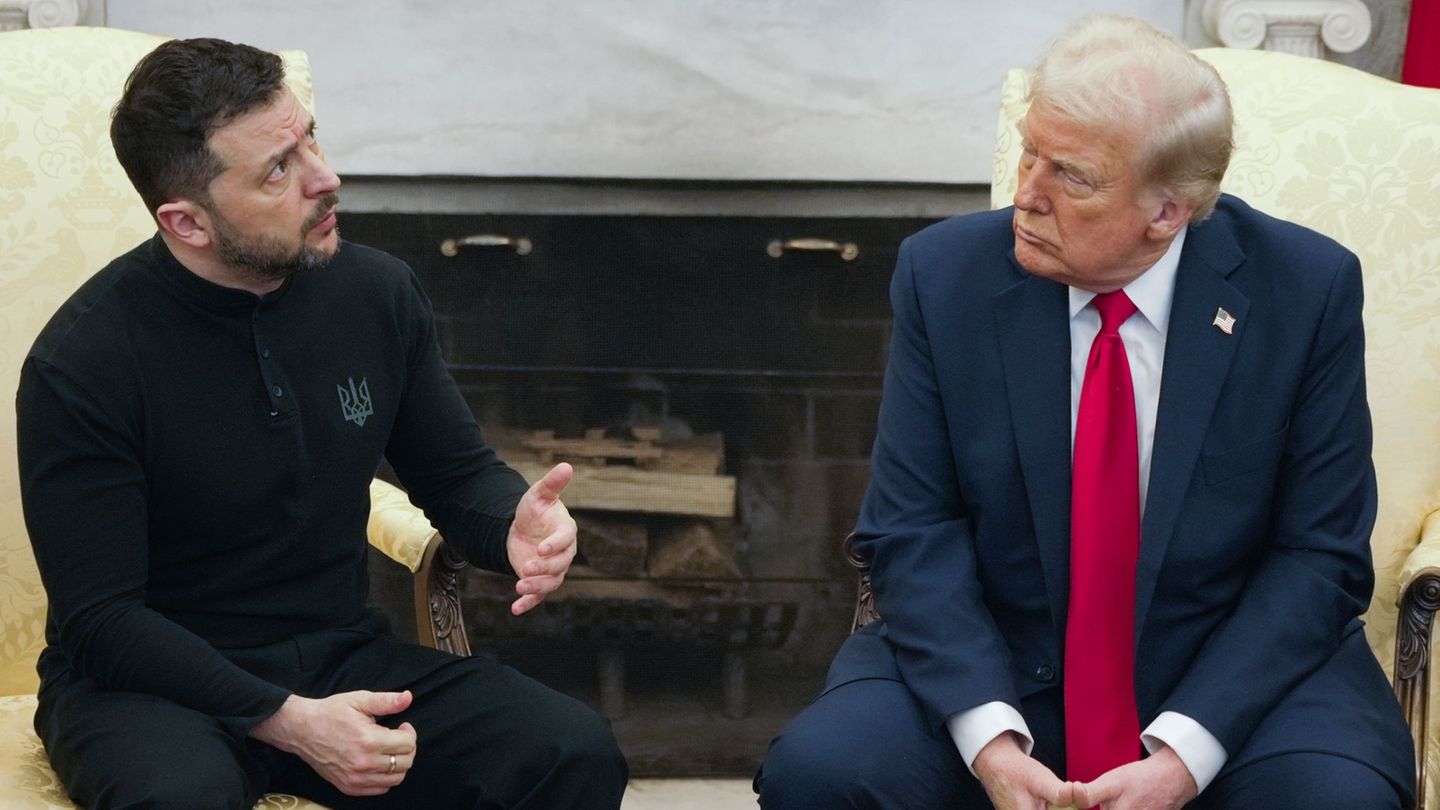Can a family be “assembled”? This is an increasingly common topic in our offices. Patients (whether they are couples, families or individuals) bring the discomfort and well-being that is generated when trying “assemble” families that are the product of second or more unions of the couple. And they aim to get along as best as possible. These objectives of course require important emotional work for all those involved: that of building a “we”. Construction that sometimes needs to be shored up.
What are the obstacles that challenge us when we are faced with families in the process of “assembling”?
First of all we can name the desire assembly of each of the members of the couple, which can be similar, uneven or totally different. We also observe the disposition and aptitude of both to endure the bonding work and bonding suffering that integration implies.
Another factor is the role they play the couple’s exes: if they act in a complacent or combative way – that is, favoring or obstructing -, although in the second case it can function as the common enemy that unites them. Children can often become prisoners of a conflict of loyalties that is difficult to process, if they turn out to be hostages of one of the biological parents, who were left out of the new family configuration.
We also find the uneven load of the psychic work what a family assembly imposes: there are those who actively choose this option and those who bear this burden passively; The reparative and destructive aspects of each person – especially the children – are evident in options that can go from one pole to the other.
No less important is the life cycle stage that the members of the family are going through: if they are in constitution because the children are small, if there are adolescent children with all the complexities typical of that age and if the children are adults, independent and can still facilitate or oppose the plans to join the family.
Taking into account the losses and grief to process we must distinguish if: Does the family come from separation of one or both spouses? Or some widowhood? The peculiar circumstances that this imposes, with their respective characteristics. In mourning a death, the spouse and children can no longer fantasize about the reunion of the parents. On the other hand, in grief due to separation, the fantasy may persist (sometimes realized) that they could live together again.
We also observe that they can wake up feelings with unusual power, among all the members of the assembled family, but especially among the children: rivalries, jealousy, competition, guilt. These may be similar to those that circulate in any family, although with less capacity to experience “ambivalence” (tolerance of feeling love and hate alternately).
Between the ideals that precede and preside over the assembly, sometimes the predominance of constituting an ideal family type “Ingalls” or on the contrary, and with a better prognosis, it results when its members are willing to moderately accept the difficulties and what good enough that others can offer.
Finally, we meet the life story and traditions of each parental member, whether or not they have, to their credit, the origin of some blended family. It is important to clarify that all individuals go through more or less successful family integration processes, since all couples are put together based on -at least- two diverse cultural backgrounds and bear the marks that these processes have left, such as for example, brothers fighting to the death, families decimated by those fights, migrations or, on the contrary, carriers of centripetal tendencies acting in favor of integration.
Source: Ambito
David William is a talented author who has made a name for himself in the world of writing. He is a professional author who writes on a wide range of topics, from general interest to opinion news. David is currently working as a writer at 24 hours worlds where he brings his unique perspective and in-depth research to his articles, making them both informative and engaging.




